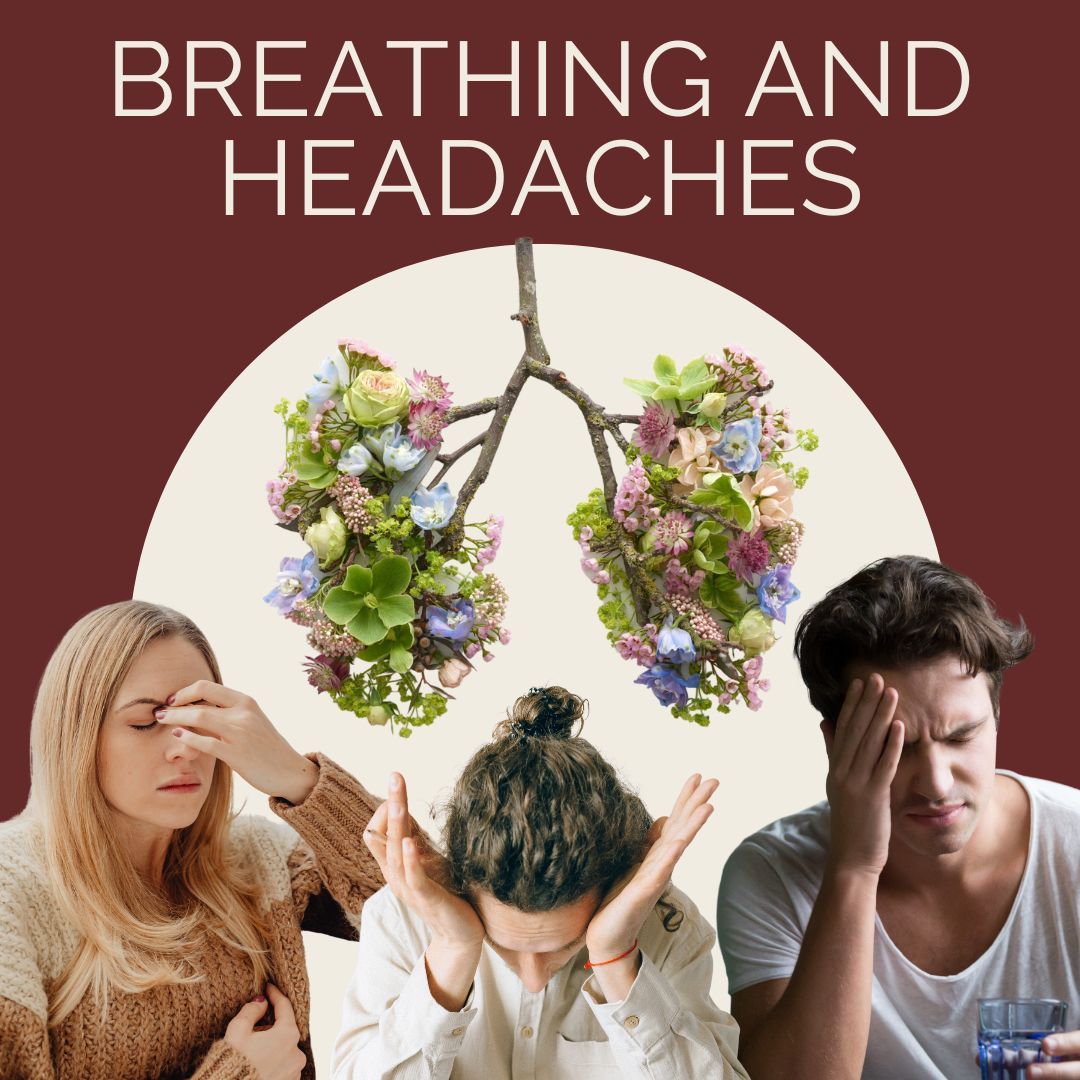The 3 S's of Running
Post Written By: Rebecca Lee MPT, BKin, RPT
As the weather continues to heat up, running season is upon us once again. With cold Calgary winters, running consistency can prove rather challenging, leaving many of us avoiding our regular runs for part of the year.
While the sun may be shining and it may look like a great day to restart the 10km runs you did last fall, it may be prudent to resist the urge to jump right back into it. Running, like many sports involves deliberate training to avoid injury, especially due to the repetitive nature of the sport. On average, in a single 5km run you will take over 6000 steps. There are few other sports out there that are this repetitive in nature. Imagine repeating one faulty movement over 6000 times, this could be a recipe for injury.
Before you lace up this spring, consider these 3 S’s to help avoid injury. Steps, Stride and Sound
- Steps: Increase the number of steps you take during your run. In general, a good number to aim for is 160-180 steps per minute. The best way to monitor this is by downloading music with a tempo of 160-180 beats per minute. If you are running to the beat of the music, you are likely on track. By taking more steps, you are less likely to over stride and more likely to make contact with the ground around the mid or forefoot.
- Stride: Aim to take smaller strides when running. The larger the stride (size of your step), the more force transmitted through your joints, especially the knee and ankle. Ideally, try to have your foot land just below your pelvis, rather than landing in front of your centre of mass.
- Sound: Each time your foot hits the ground you should barely hear it. The quieter your landing, the less force transmitted into the foot, ankle and knee.
Remember that no one knows and understands your body better than you, so make sure to listen to cues during and after a run that indicate that something may not be right. This may include soreness that lasts greater than 24 hours after your run, shin and knee pain (sharp or dull) that persists throughout your run, or a feeling of weakness or heaviness in your legs that does not improve during your run.
At the end of the day, if running is a form of exercise that is enjoyable to you then there are very few reasons why you should not be able to do it. If you are worried about a previous injury or developing a new injury though reach out to a physiotherapist in your community that can assess and help mitigate the likelihood of injury. This may include a running analysis or footwear assessment, but in many cases small changes can yield big results.
The common misconception that running will cause knee injuries and ultimately degeneration in our joints has been debunked. Done correctly, running is a fantastic sport for both our physical and mental wellbeing!
So remember your 3 S’s, lace up your favorite shoes and get outside!


We look after the whole person,
and not just the parts.
All Rights Reserved | 360 Brain Body Wellness Clinic | In Partnership with CCC
SERVICES
CONNECT
Ph: 403-262-4770
Fax: 403-262-4730
[email protected]
#316 3332 20 Street SW
Marda Loop, Calgary, Alberta
T2T 6T9


